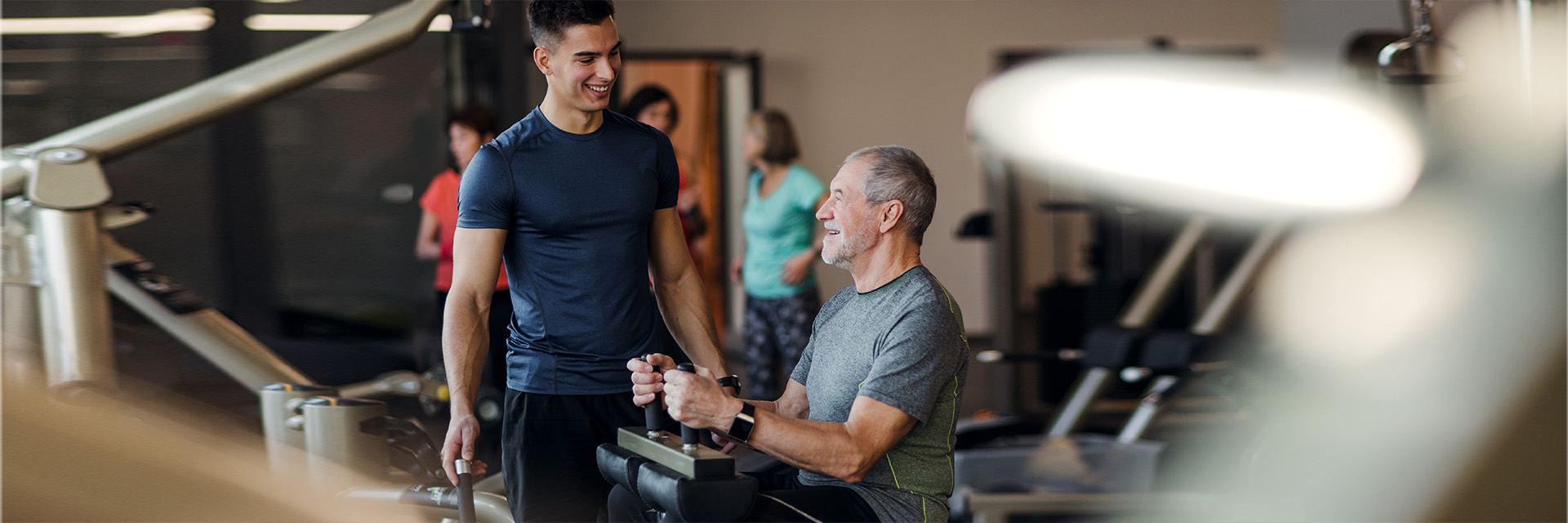When joint pain begins to creep into your life, you may immediately think surgery is in your near future. But surgery isn’t always the only option; in fact, many people can delay surgery and find relief with more conservative treatments. To understand what treatments are available, we spoke to Steven Weeden, M.D., an orthopedic surgeon on the medical staff at Texas Health Southwest Fort Worth and at Texas Hip & Knee Center, a Texas Health Physicians Group practice.
While arthritis refers to joint pain or disease, it’s an umbrella term for more than 100 types of arthritis and related conditions. Swelling, pain, stiffness and decreased range of motion are the most common symptoms, and they can range widely in severity, may come and go, and can progress at varying rates.
According to the most recent data, more than 20 percent of North Texans report having arthritis, which is on par with the national average. As the leading cause of disability among adults in the U.S., arthritis can affect a person’s ability to walk and move, and even limit their ability to perform in the workplace. Weeden says the pain associated with arthritis can make people choose sedentary activities or decrease the amount of movement they do throughout the day, but the opposite can actually help joint pain.
“People stop moving, and actually, we encourage the continuation of exercises,” he explains. “The goal is to keep muscles strong around the joints. Taking pressure off the joints helps decrease the pain that may be incurred from arthritis.”
Opposed to walking or running, which puts a lot of pressure on your joints, Weeden suggests transitioning to lower-impact exercises, such as a recumbent or stationary bike, elliptical machine, rowing machine, treadmill and water exercises. These exercises will not only lessen the impact on your joints and help improve joint health, but they are great for cardiovascular health as well.
While treatment depends on the severity of your joint pain and the condition of your joints, Weeden says the first line of conservative care for many of his patients involves over-the-counter anti-inflammatory medication, and black cherry, turmeric or fish oil supplements, which have been found to decrease inflammation.
“We also have the ability to do injections and physical therapy, and we can consider bracing in some patients,” Weeden adds. “There are many attempts at conservative care that we feel should be utilized and maximized before considering any surgery.”
While conservative treatment options are always the first course of action when it comes to joint pain, and there are plenty of options, Weeden says he always reminds patients of the realities of conservative care.
“One thing you want people to keep in mind is that similar to wear on a tire, the process of arthritis at this point is not reversible,” he explains. “Stem cells do not grow new cartilage in arthritic joints, nor do other treatments. However, the goal should be to maximize conservative measures, improve lifestyle and activities of daily living, and avoid surgery until necessary.”
While surgery is usually the last resort for physician and patient alike, Weeden says if all conservative measures have failed and your joint pain is significantly impacting your daily life to the point where you are avoiding or unable to do the things you desire and enjoy doing, it may be time to consider a joint replacement.
“Also, when people begin to have significant pain at rest, meaning they hurt when they walk, but additionally in the evenings they are sore and may wake up at night with joint pain that has not responded to conservative care, replacement may be an option,” Weeden adds.
Weeden says it is important to continue to maintain a healthy lifestyle with routine exercise and muscle strengthening, and maintaining a healthy weight can go a long way to relieving joint pain.
Steven Weeden, M.D., Orthopedic Surgeon and Joint Replacement Specialist
“If you lose 10 pounds, joint pressure on the hip or knee is decreased by 30 pounds,” he explains. “And when you lose 10 pounds, 60 pounds of pressure can be decreased on the joints when climbing stairs.
“One of the biggest pieces of advice for patients with joint pain is to modify activities and if the pain becomes lifestyle-limiting and non-responsive to conservative measures, then seek out a professional.”
Find out more about how Texas Health cares for patients with arthritis and take the hip and knee assessment. To schedule an appointment with a joint health specialist through Texas Health Resources, visit TexasHealth.org/Find-A-Physician.

